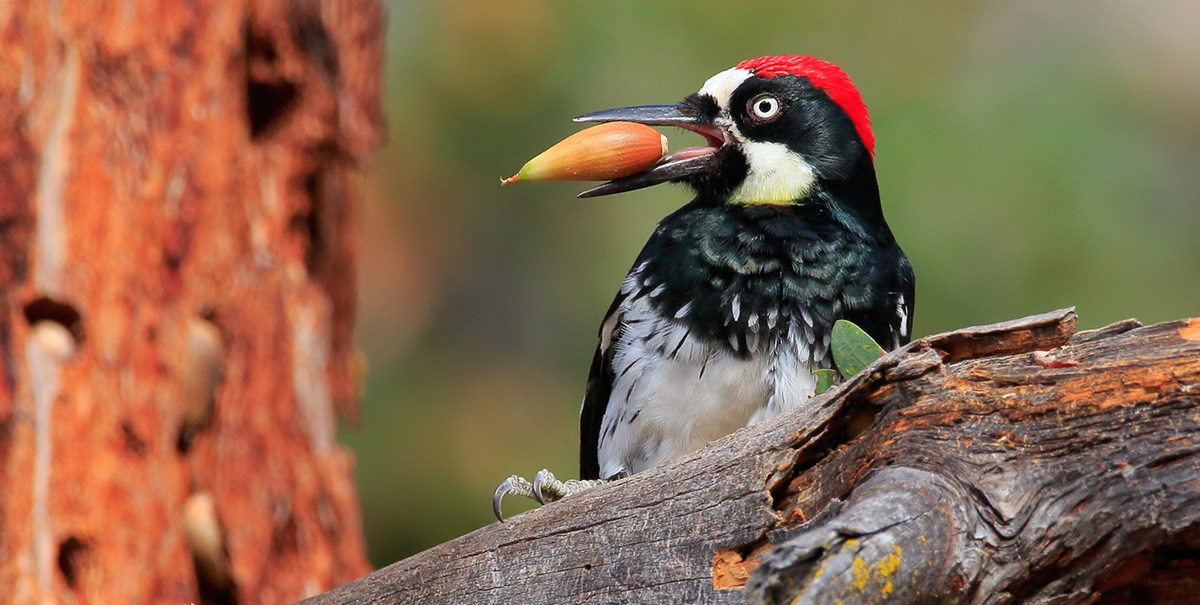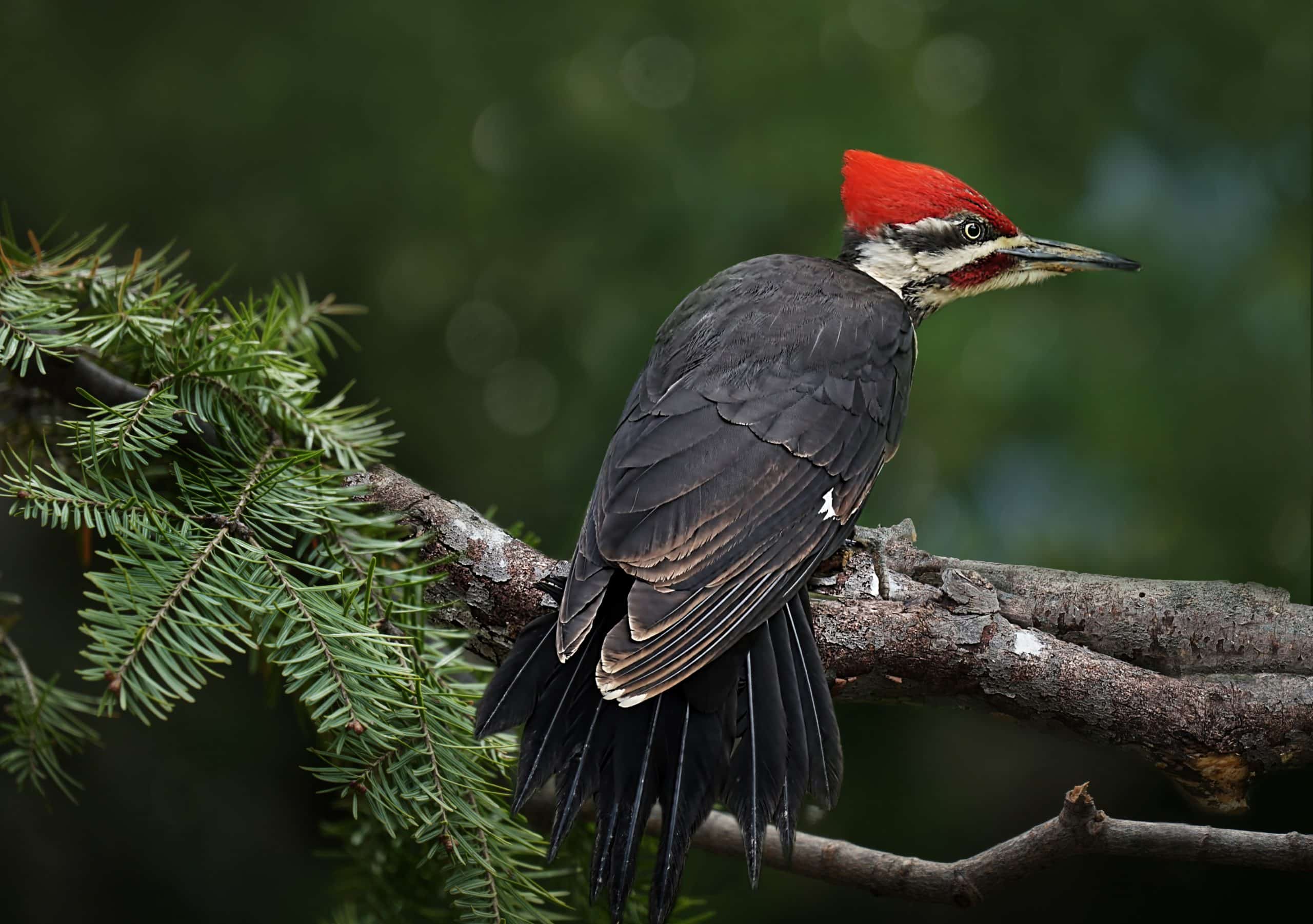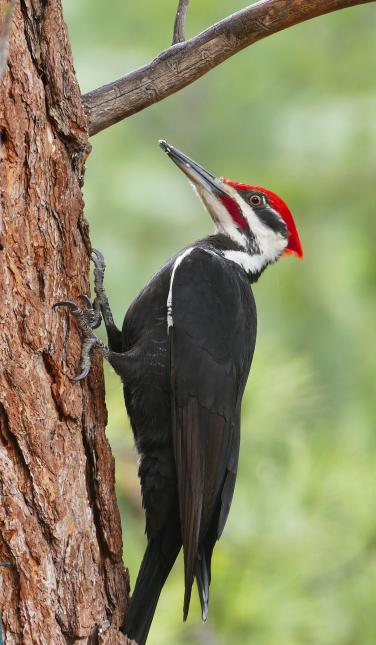Discover the Interesting Globe of Woodpeckers: Every Little Thing You Need to Know
The world of woodpeckers is a realm filled with special behaviors, intricate adjustments, and a diverse selection of species. From their habitats and circulation patterns to their feeding behaviors and specialized physiological attributes, woodpeckers have actually long astounded the passion of ornithologists and nature lovers alike.
Woodpecker Habitats and Circulation
In North America, for instance, woodpeckers can be detected in both coniferous and deciduous woodlands, utilizing their strong beaks to forage for bugs and develop nesting dental caries in trees. In Africa, specific woodpecker species have actually adapted to dry atmospheres, such as the acacia timberlands, where they play an important role in controlling insect populations.

Feeding Behaviors and Diet
Woodpeckers utilize their strong beaks to pierce right into the bark of trees, penetrating for pests and larvae concealed below the surface. In enhancement to bugs, woodpeckers likewise take in nuts, seeds, fruits, and sap.
Woodpeckers are recognized for their drumming behavior, which serves not only to interact with other woodpeckers yet likewise to locate food. The rapid drumming audio is created by the bird pecking on resonant surfaces like dead trees or metal poles. This behavior can attract bugs concealed in the wood, permitting the woodpecker to find their existence and eat them.
Unique Adjustments for Tree Climbing
In their adept quest of pests concealed within tree bark, woodpeckers have evolved amazing anatomical features that outfit them with unique adaptations for effective tree climbing. Woodpeckers have strong neck muscle mass and an one-of-a-kind head structure that soak up the effect of consistent pecking, permitting them to climb up vertically without causing harm to their brains. These adaptations showcase the amazing transformative style that enables woodpeckers to browse trees with precision and effectiveness.
Diverse Woodpecker Variety Worldwide
With over 200 various species spread across various environments worldwide, the family of Picidae incorporates an impressive variety of woodpeckers. These birds can be located in forests, forests, savannas, and also city locations, showcasing their flexibility to various environments. From the renowned Northern Flicker in North America to the vibrant and elusive Crimson-backed Flameback in Asia, each woodpecker types shows one-of-a-kind characteristics in regards to plumage, habits, and environment preference.
Woodpeckers differ considerably in dimension, with the petite Downy Woodpecker determining around 6-7 inches in length, while the effective Lineated Woodpecker can more rise to 17 inches - Woodpeckers in Florida. Their beaks additionally are available in various forms and dimensions, showing their feeding practices. Some varieties focus on removing pests from tree bark, like the Acorn Woodpecker, while others, such as the Black-cheeked Woodpecker, prey on fruits and seeds

Preservation Initiatives and Obstacles
Preservation campaigns for woodpecker populations are crucial in reducing the effect of habitat loss and other hazards dealing with these varied bird types. Woodpeckers encounter numerous challenges to their survival, primarily because of logging, urbanization, environment change, and intrusive types. To address these issues, conservation efforts concentrate on safeguarding and bring back woodpecker environments, applying Home Page lasting forestry practices, and increasing awareness regarding the relevance of these birds in ecological communities.
One significant difficulty in woodpecker conservation is the fragmentation of their environments, leading to isolated populaces that are extra at risk to extinction - Woodpeckers in Florida. Conservationists work to produce wildlife passages and protected locations that attach these fragmented habitats, enabling woodpeckers to move between various visit the site locations for feeding, reproducing, and sanctuary

Final Thought
In conclusion, woodpeckers are fascinating birds with special adjustments for tree climbing and feeding behaviors. Further research and preservation actions are needed to guarantee the survival of woodpeckers in the wild.